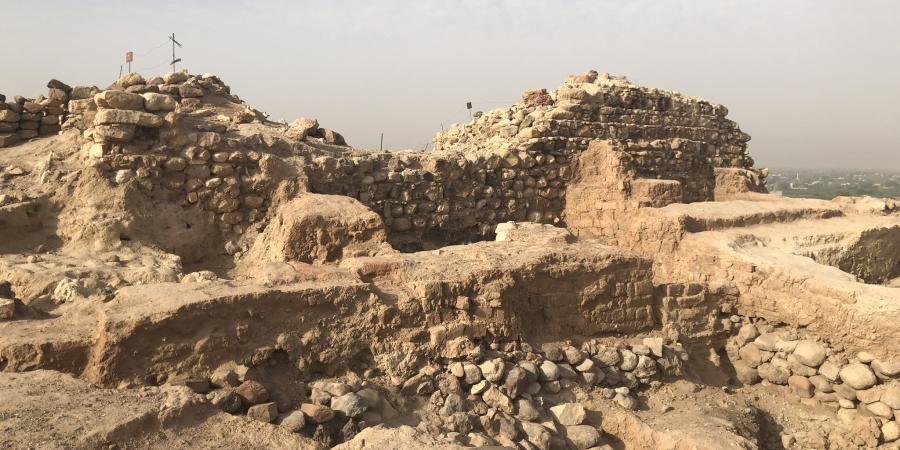In October 2018, a team from Wessex Archaeology travelled to Amman, Jordan. The project aim was to provide 3D mapping and interpretation for the production company, Caravan Media, as they filmed a new television series called ‘Buried secrets of the Bible’ with Albert Lin', for National Geographic.
The series examines biblical stories, such as the Parting of the Red Sea and the destruction of the ancient cities of Sodom and Gomorrah. Using traditional surveying methods and aerial reconnaissance their aim was to investigate archaeological sites which could relate to biblical stories.
The story
The biblical story that we were investigating was the destruction of the ancient cities of Sodom and Gomorrah; two fabled cities said to be destroyed by divine justice. This story is mentioned in the Book of Genesis, throughout the Hebrew Bible and the New Testament, as well as the Quran and hadith. It was the investigation of this story that formed the second episode of the television series and which was the focus of our team's work in Jordan.
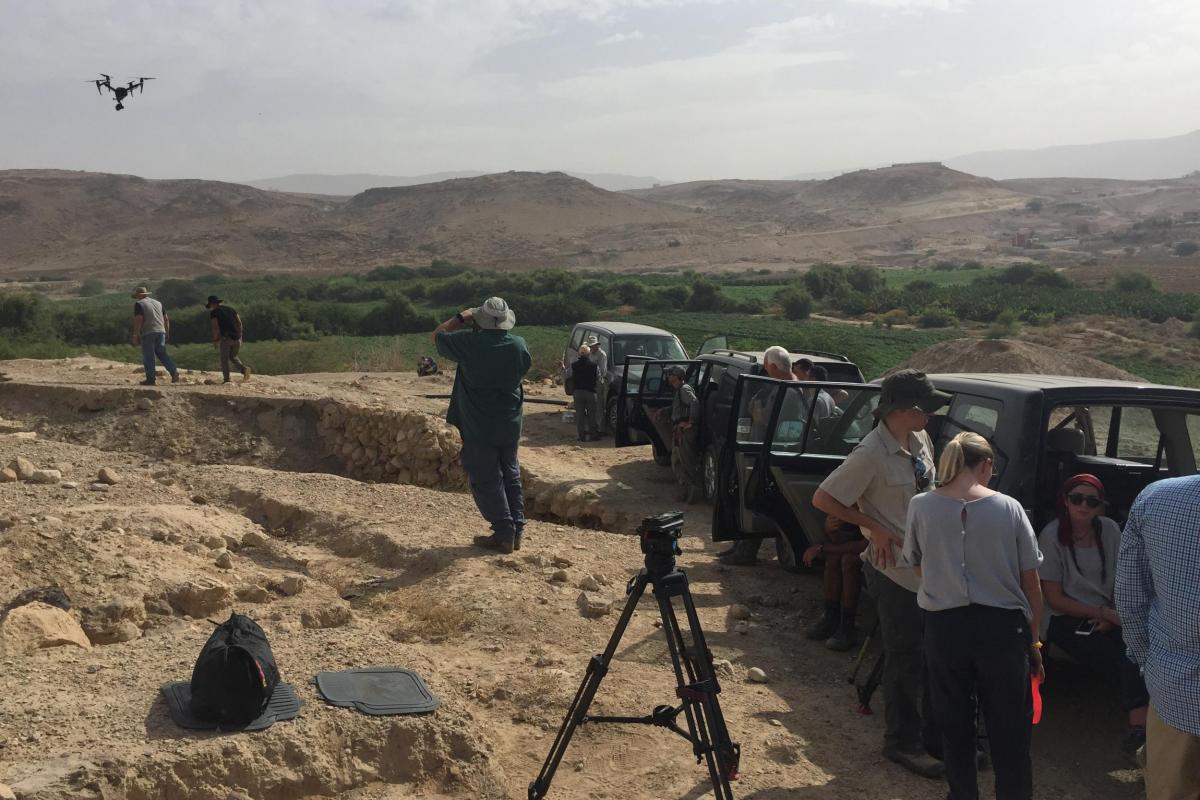
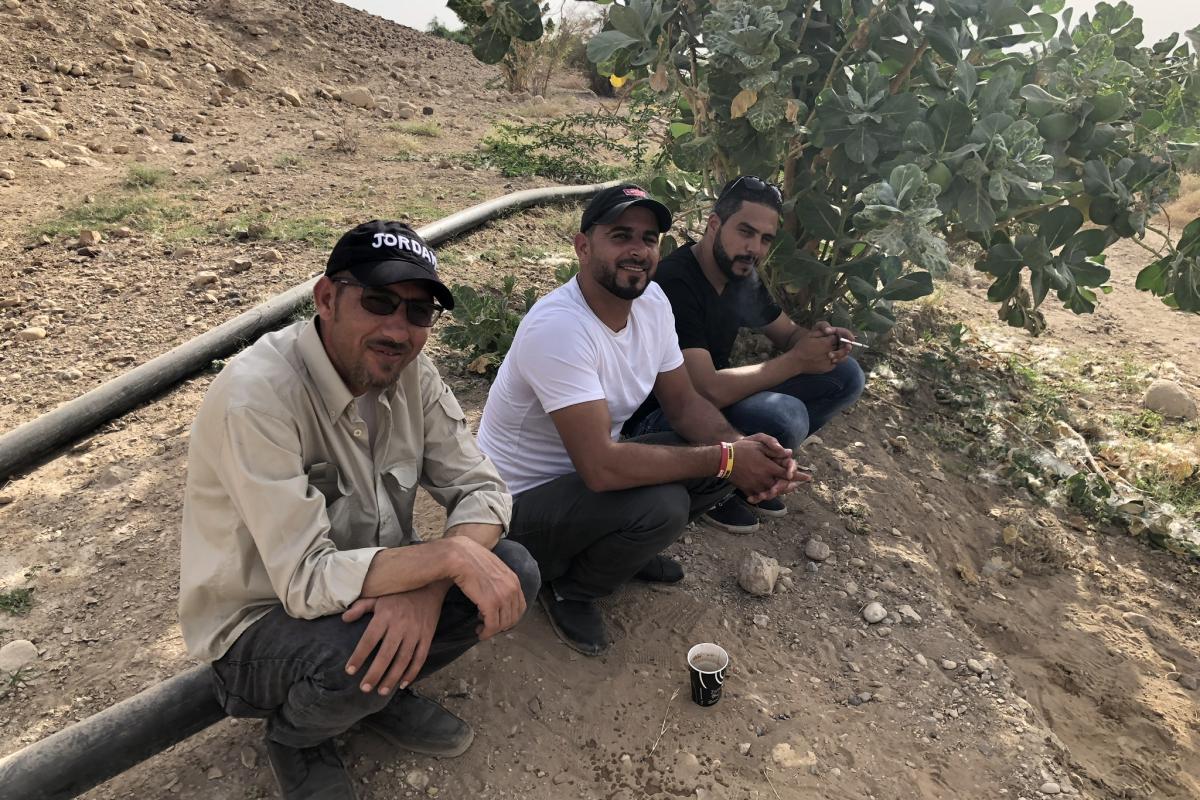
The site
Recent archaeological excavations in Jordan have exposed several important ‘tell’ sites dating from the Bronze Age adjacent to the Dead Sea. A tell or tel is a man-made mound or small hill which is formed from the build-up of material over hundreds of years of occupation of the same site.
One of these sites is Tel el-Hammam, a large tell with archaeological remains dating from the Bronze Age to the Iron Age. The site is located north-east of the Dead Sea and 25 kilometres south-west of the capital Amman.
Archaeologists from Trinity Southwest University (New Mexico) and Veritas International University (Californa) have been excavating this tell for several years. They have discovered the remains of a fortified Bronze Age to Iron Age site with settlement clustered around the base of the tell and the remains of a possible ‘high status’ site occupying the top of the tell.
The location of the site, in addition to the significant material culture has led the archaeologists to conclude that this is the location which inspired the story of the city of Sodom.
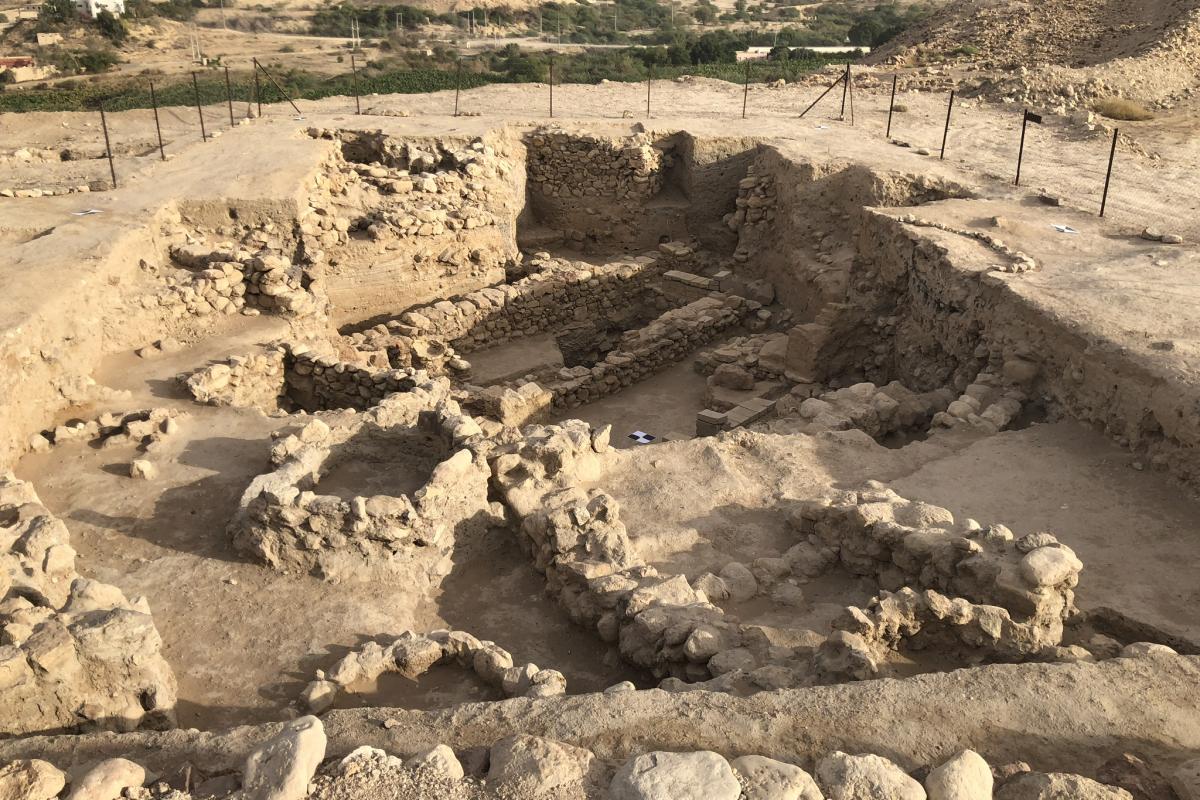
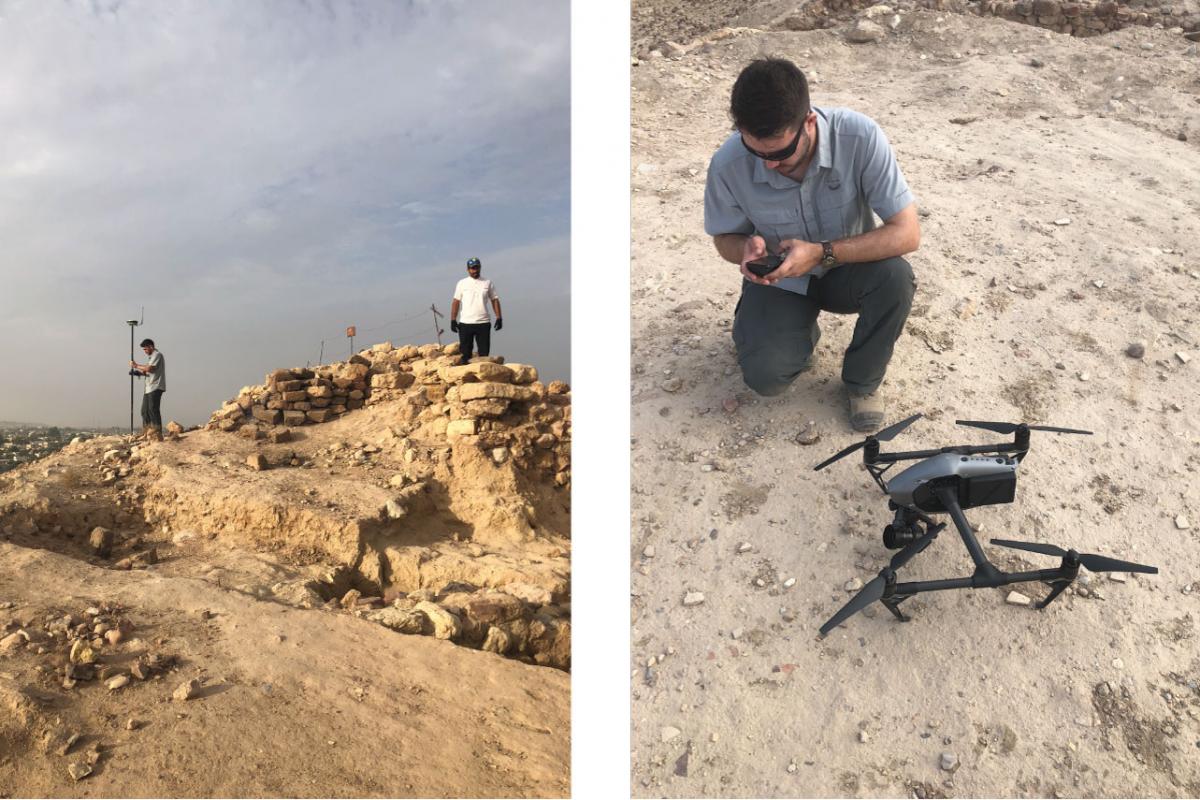
The mission
Our experienced UAV (drone) and survey team were drafted in to carry out 3D mapping of the site at Tel el-Hammam. It was hoped that extensive photogrammetry of the mound and the surrounding area might reveal some previously unknown features that could aid with the interpretation of the site.
The plan was to spend a day collecting field data and hundreds of photographs from the air using UAVs. We then sent all this data back to our UK office, where our team there would process all the images into accurate 3D models and video footage. It was quite the challenge as we only had 12 hours to get the data processed and back to Jordan. Filming schedules were tight, and they needed to deliver their final product to camera the following day.
Despite limited internet availability, over 40 GB worth of data was transferred between the UK and Jordan and, with overnight processing, the combined team produced some fantastic models of the site. This is the first time this technology has been used on this site.
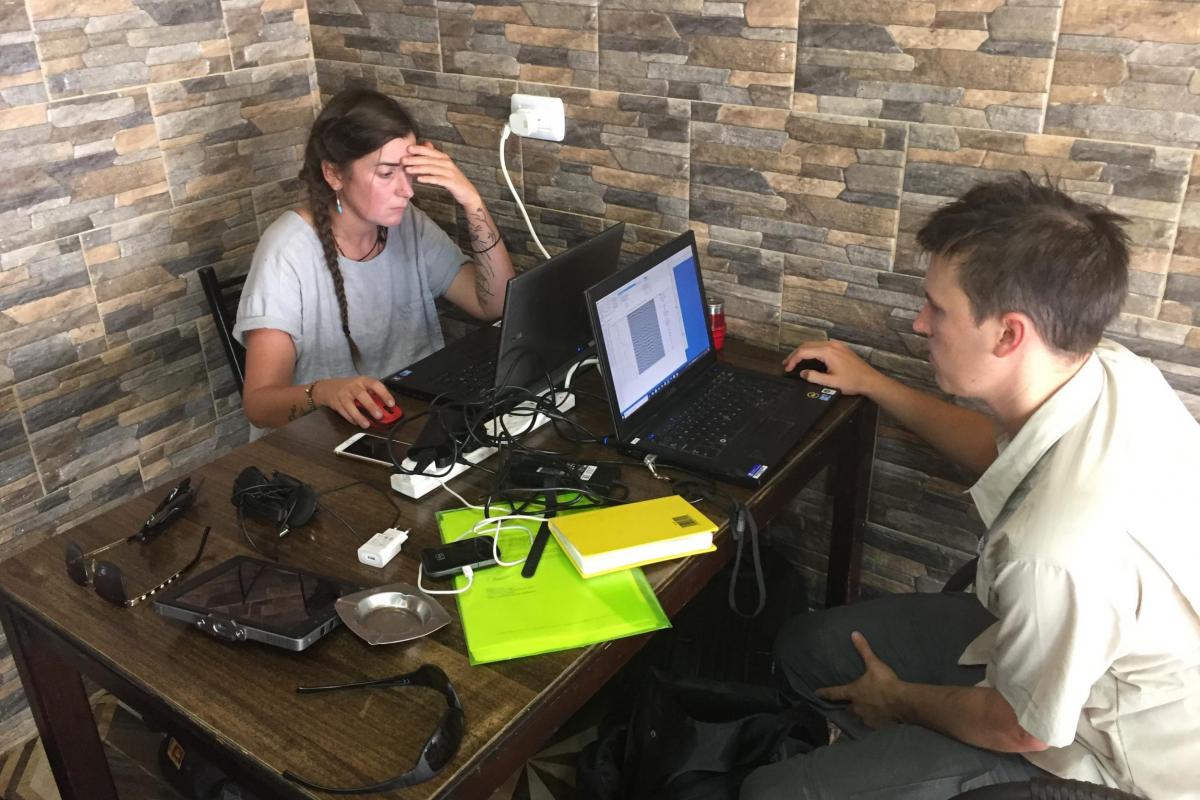
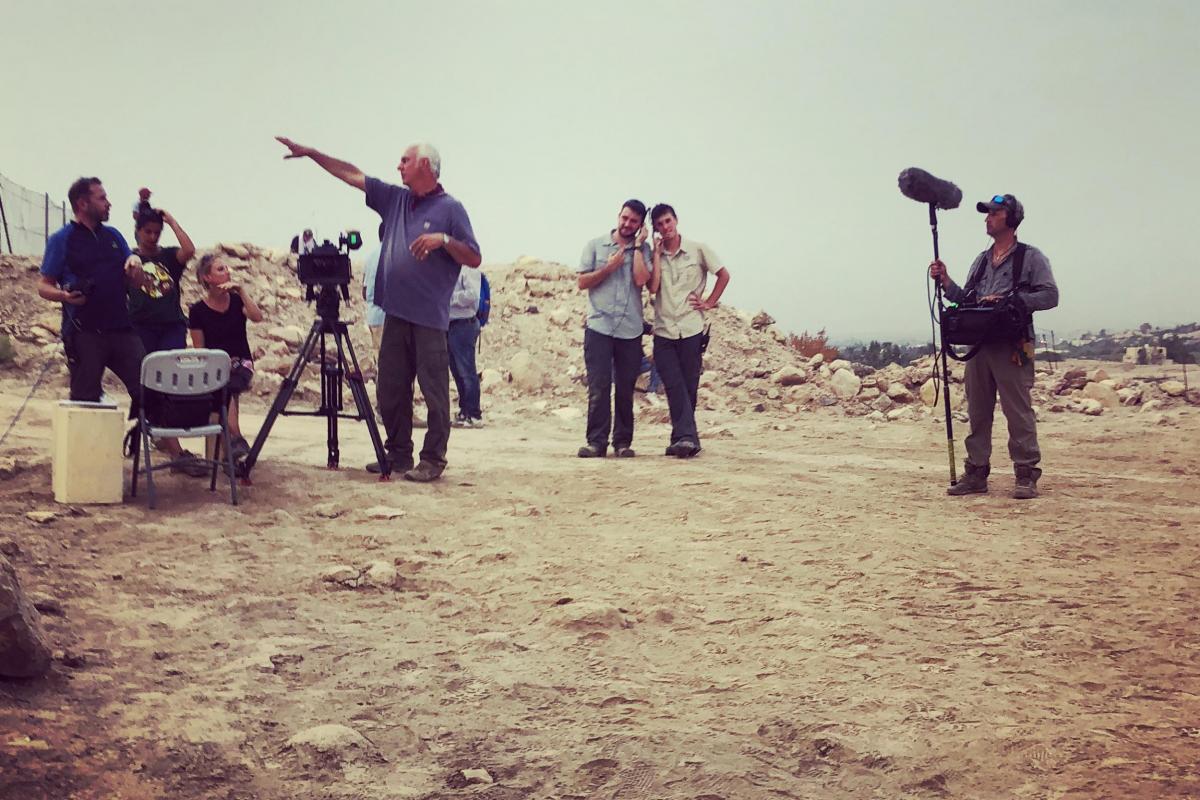
The final product
The team was filmed by the production crew for several days demonstrating how to survey and collect aerial data. Wessex Archaeology Geophysicist and UAV Pilot, Patricia Voke, presented the results whilst being interviewed on camera. Unfortunately, not everyone made the final cut, but it was the combined effort from everyone in Jordan and the UK that produced the exceptional results.
Whether they found the ancient city of Sodom is still clearly under debate. Previously known features were mapped in new ways that have aided in the documentation of the site. Further work is now required to combine the results of the archaeological investigations with Wessex Archaeology’s survey work.
The results of our work were revealed when the series aired on National Geographic in late 2019.
